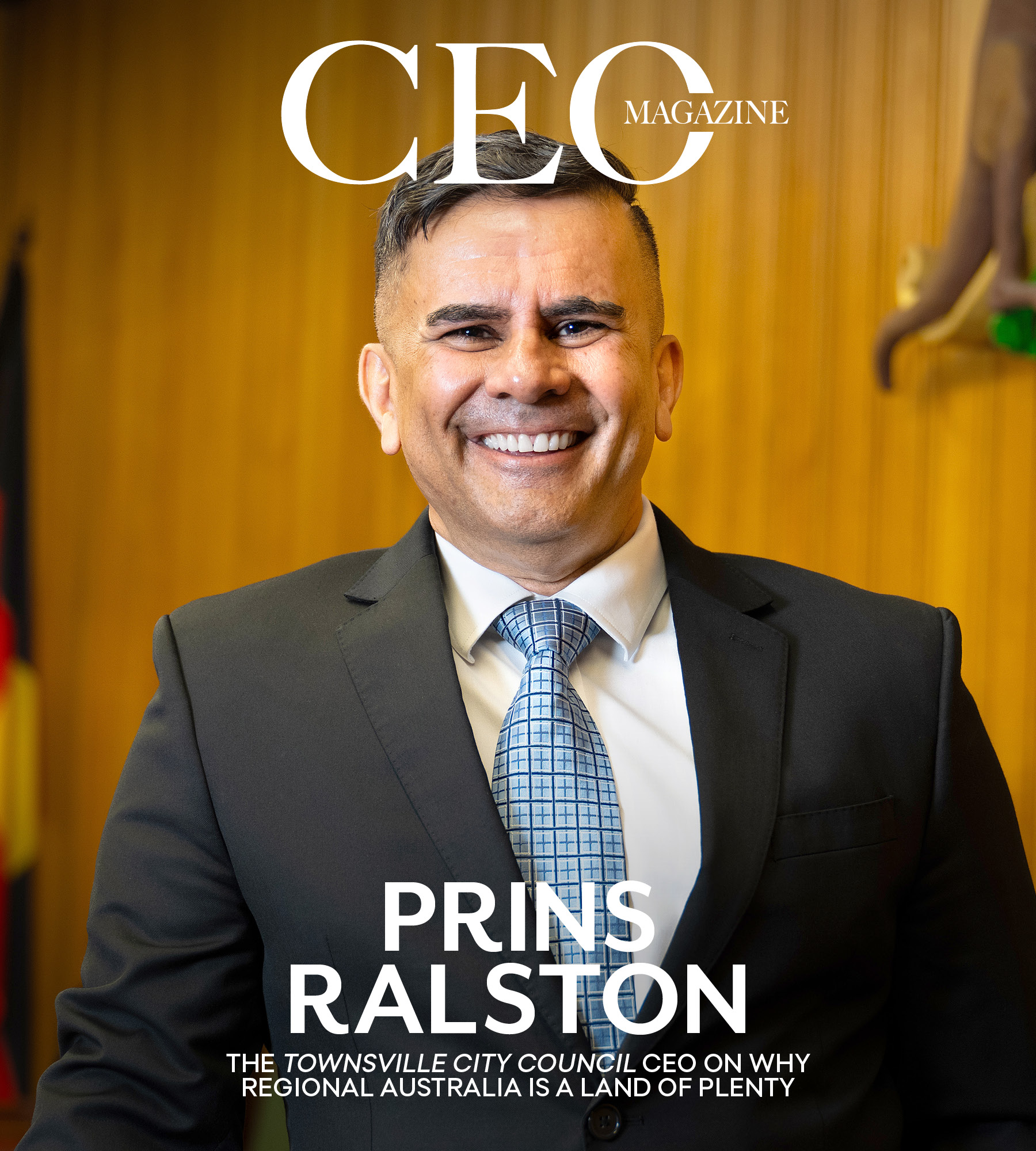Language
You can read the magazine in one of the following languages
The old proverb ‘it takes a village to raise a child’ has for many years ably demonstrated the good that people are capable of when they come together for a common purpose. But what does it take to raise a village?
The answer, as it turns out, is the same: care. Whether councils are staffed by locals or just those that want to see a city reach its fullest potential, local governments invariably thrive when care is on the agenda.
What really makes a difference is a local government’s choice of CEO. Just as it is in the business world, a strong CEO has a trickle-down effect that lifts every level in their charge. Therefore, a shrewd choice is critical to ensure a prosperous future.

And so it was for Townsville City Council, which selected Prins Ralston as its CEO in 2020. An experienced CEO, Ralston’s decisive resource was the extensive time he’d spent with a variety of professional services and businesses throughout his career. On top of that, as a native of Nhulunbuy and Darwin, Ralston had a passion for Northern Australia deeply infused in his core.
“Nhulunbuy is one of the most remote areas in Australia, and growing up there in the 1970s was very, very interesting,” he tells The CEO Magazine.
“My schooling happened there and Darwin, until I started my higher education at the University of Sydney. I’ve had a fantastic professional range of jobs since, and I think it goes to show that growing up in regional and remote Australia is in no way an impediment.”
Ralston’s career kicked off in engineering before moving on to IT and communications firms across Australia and South-East Asia
“The commercial components really tugged at me, so I did accounting, law degrees and ultimately a doctorate in juridical science,” he says. “I was a partner at Clayton Utz and Gadens Lawyers, and did a fair bit of work both in Australia and the United Kingdom.”

Ralston also has a strong philanthropic side that’s manifested itself throughout his career. His CV handily attests to this: a nine-year run at UNESCO, the creation of Employment Services Holdings, a stint as Mission Australia’s Executive Leader of Service Delivery and almost two years as Deputy Group CEO of APM, Australia’s largest provider of disability employment services.
“My parents were my inspiration,” he says. “They were both in health and quarantine, and their work with the Aboriginal and Torres Strait Islander people in the north inspired me to help advance the communities of north Australia.”
No matter where he went, Ralston strived to satiate his inquisitive nature and a lifelong passion for learning. When Townsville local government’s offer drew him back to familiar territory, Ralston says it felt like coming home.
“It was my first government job after 13 years as a commercial CEO, and it was both an opportunity and a challenge. I saw it as a chance to carry on my parents’ work, to make sure the people of the north could get the same opportunities as everyone else,” he says.
“Things were looking pretty grim for both the city and the region at the time, but I took it on. Now it seems almost a lifetime away from where we started.”
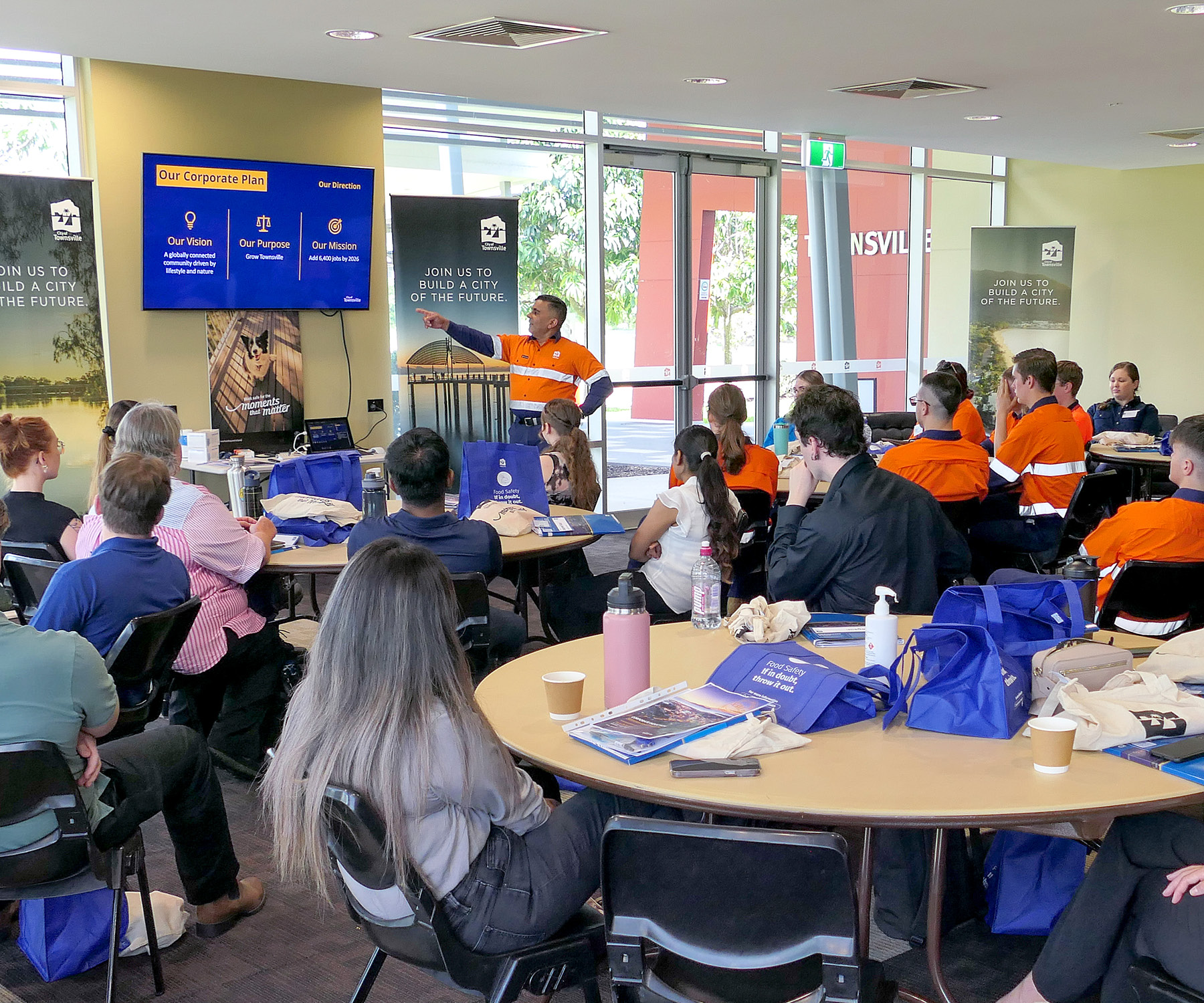
Townsville’s fortunes have certainly seen an improvement since the global chaos of 2020. Today, the city – with its wealth of infrastructure and amenities – is a hotspot for businesses looking to be a part of the boom Australia’s north is currently enjoying.
“Townsville is second to none in Australia in terms of available opportunities,” Ralston says.
“We’ve gone from probably the highest unemployment rate in the country to the lowest, and we have A$34.5 billion [US$23.1 billion] worth of projects waiting to be executed. It’s just amazing.”
Townsville is no ordinary local government area, either. One of Queensland’s major cities, Townsville is a gateway to the state’s Far North and western regions and is equipped with Australia’s second-largest live export deepwater seaport. It also holds key importance to the Australian military and has become the nation’s largest garrison city, stationing 25,000 soldiers.
“It’s a unique part of the world,” Ralston says. “We’re the largest community north of Brisbane and Perth; we’re larger than Darwin. My Chief Legal Officer, an ex-ASIC prosecutor, says that in some ways, it’s like we’re running a little country.”
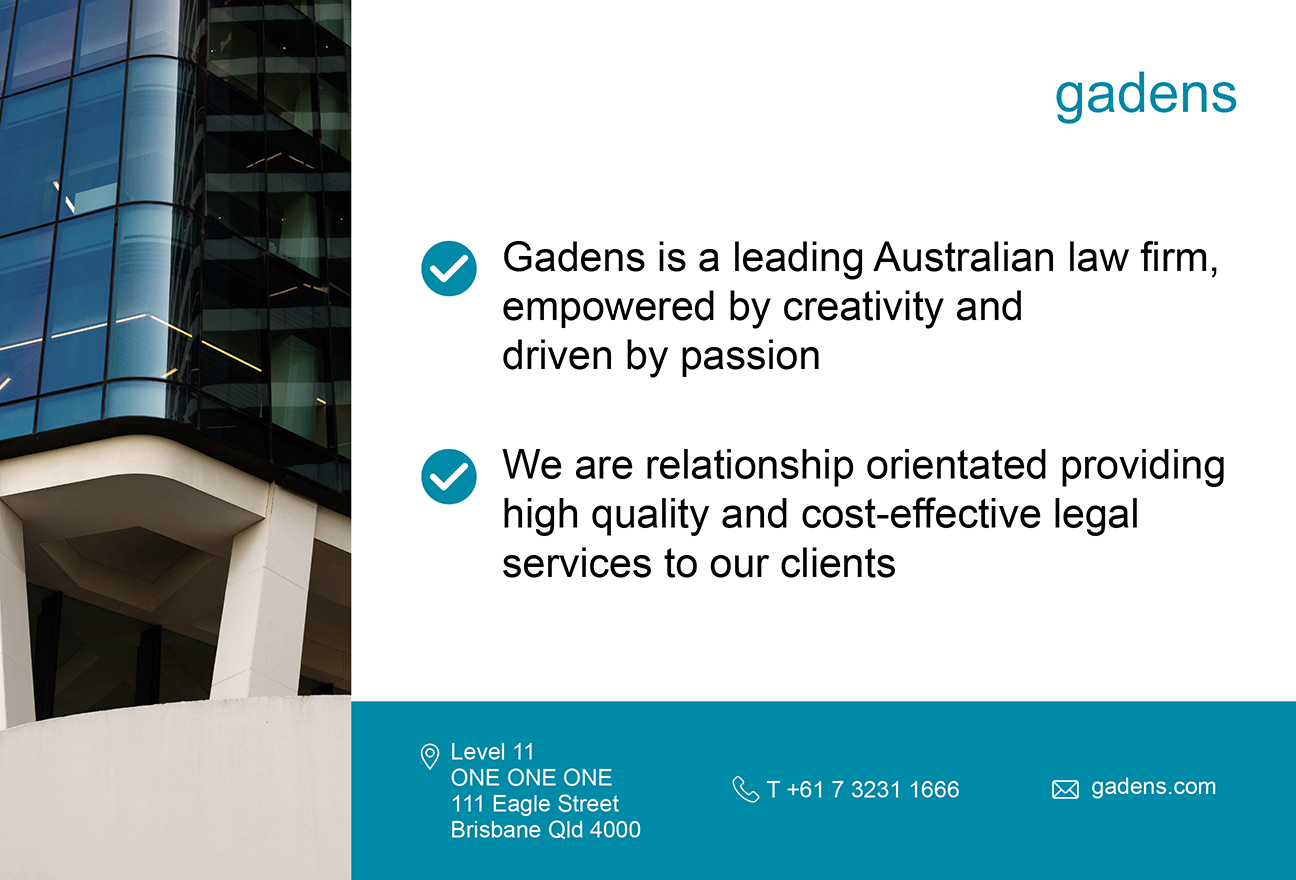
In fact, the local government area covers more than 4,000 square kilometers, including 189 kilometers of coastline adjoining the Great Barrier Reef.
“We have over A$8 billion [US$5.37 billion] worth of infrastructure assets that we take care of, so our skill set is enormous,” he says. “It’s the local government’s job to grow the city, and for a city like Townsville that means economic development, making sure the infrastructure’s there and delivering services to the community from a livability point of view.”
For Ralston, that means his day-to-day duties run quite a spectrum. “P!nk is coming up here for two sellout concerts, and we do a lot of work with the nation’s premier women’s basketball team, the Townsville Fire, and the North Queensland Cowboys NRL team,” he says.
“At the same time we pick up something like three million bins a year and we provide close to 200 million liters of drinking water to the community per day. And then we engage with politicians, from state premiers to foreign ambassadors, to look at allowing, for example, the stationing of overseas troops. When a United States aircraft carrier is in town, that means 11,000 sailors in our city. The variation is enormous, which is fantastic.”
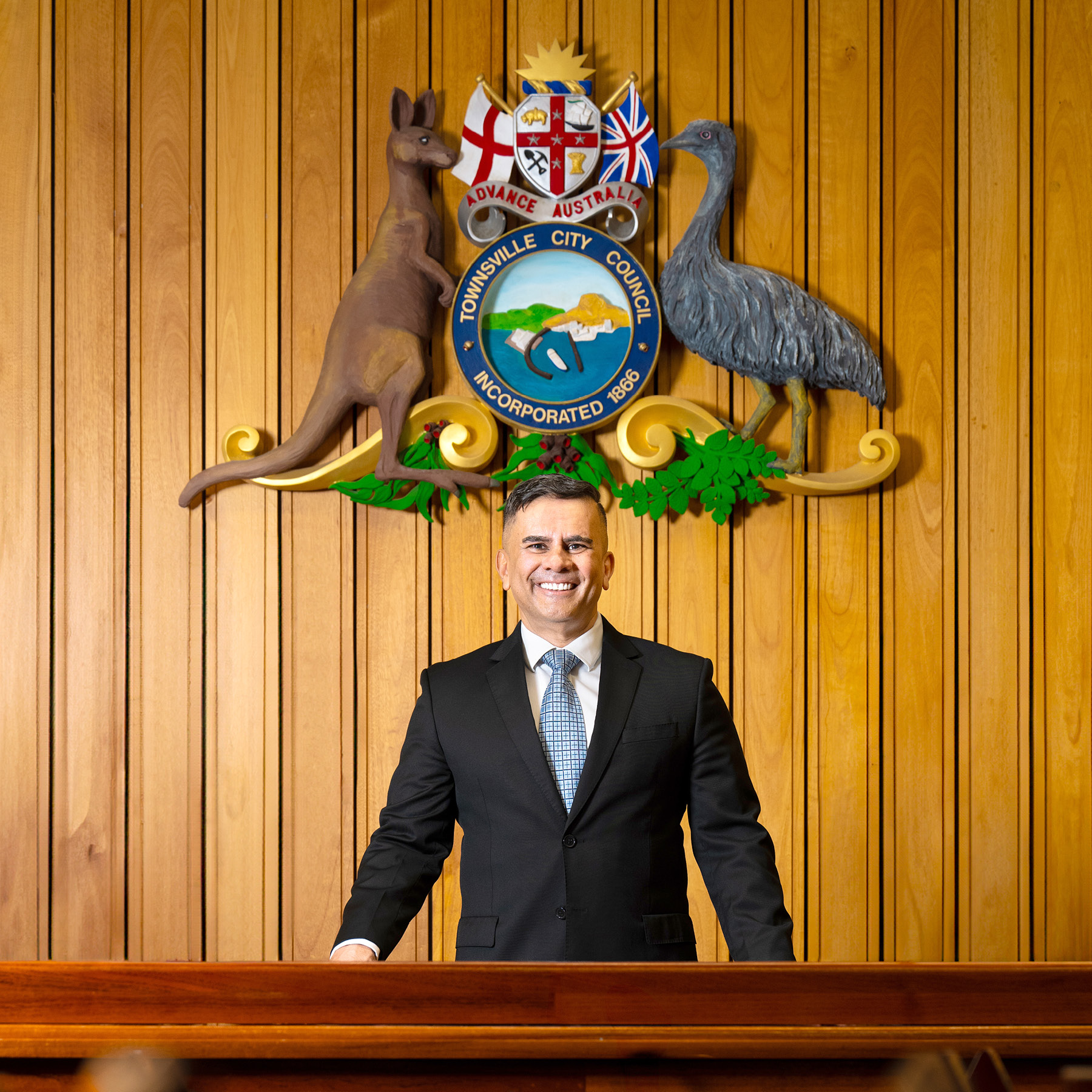
And then there’s the constant stream of infrastructure projects helping to enhance the regional hub. One major project is the Haughton Pipeline, which caters to a very specific quirk of Townsville’s climate.
“We are a dry tropical city,” Ralston says. “We have what we call failed wet seasons, so we have to guarantee a water supply. The Ross River Dam has about two years’ worth of water, but to further deal with the challenge of water security, we are building the Haughton Pipeline.”
The pipeline will allow Townsville’s dam to tap into the Burdekin River. At 67 kilometers and 1.8 meters in diameter, Ralston says it’s the largest pressurized water pipeline in the Southern Hemisphere.

“The Burdekin is one of the biggest river systems in Australia and so has plenty of water,” he says. “We’re expecting to have that finalized by 2025, and it’ll deliver as much water as the city needs. That was one of the first projects I got involved in, and it will secure our future. Water is the essence of life, and if you don’t have water, you can’t develop the region.”
Quenching Townsville’s thirst will also help lubricate planned expansions of the city’s defense capabilities. “We’ve already got the largest active RAAF base in Australia located right in the middle of the city,” he says.
“We’re getting another helicopter squadron in the near future and a stronger Singapore military presence, so we’re expecting to go from a garrison city of 25,000 to 35,000. It’s one of those differences that makes us unique in terms of our services and what’s required to deliver them.”
Another significant project driven by Townsville City Council is the Lansdown Eco-Industrial Precinct (LEIP), which will combine advanced green manufacturing, processing, technology and emerging industries in an environmentally sustainable hub – the first of its kind in Australia.
“We are the epicenter of the global renewable economy because we have the critical metals, like vanadium, metallurgical silicon and zinc, that are essential to battery production,” Ralston says.
“At Lansdown, there are significant players setting up operations that will deliver over 15,000 jobs to the region. Whatever the component, whether it’s copper, zinc, vanadium or polysilicon, will be sourced out of this region.”
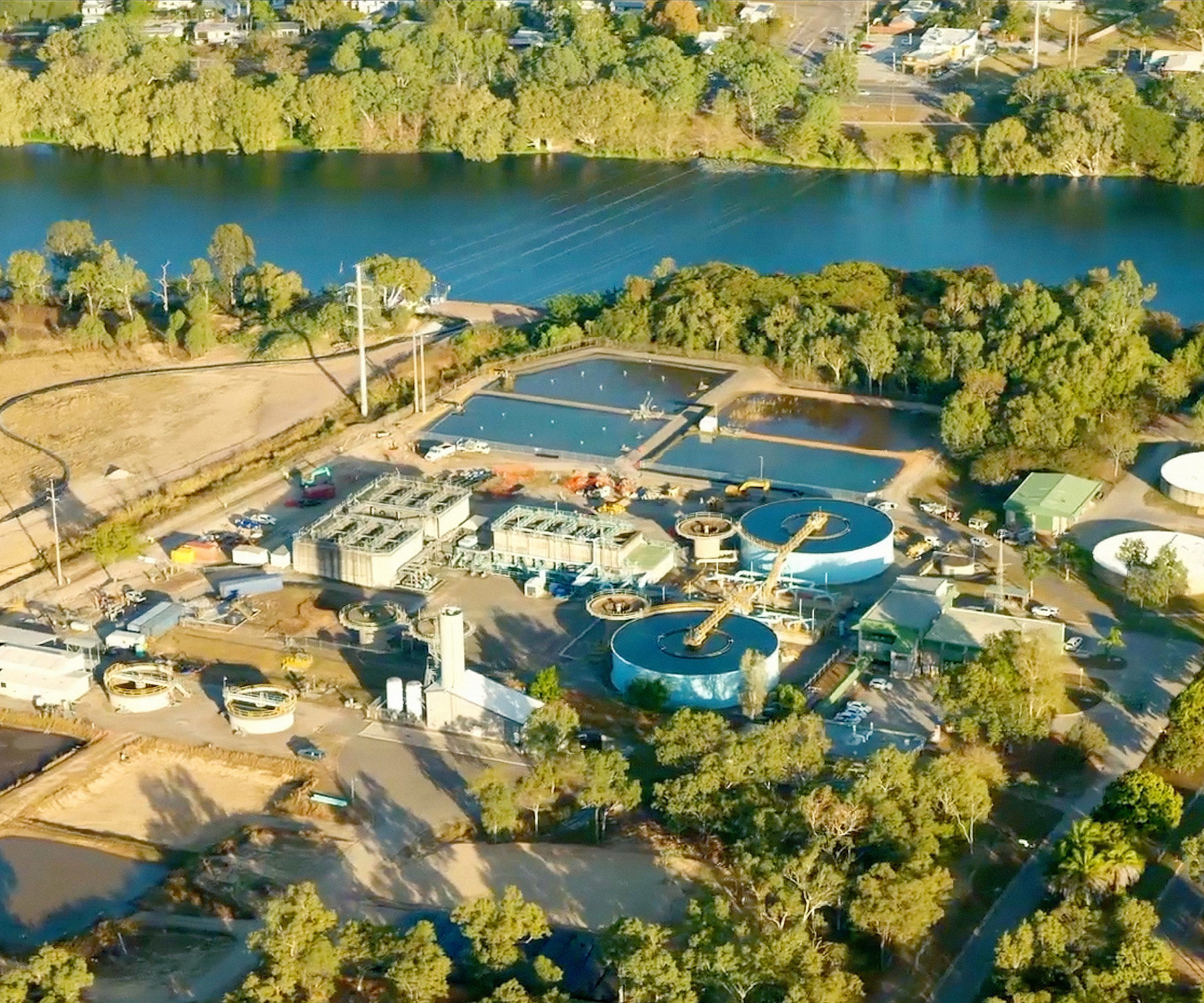
Upon completion, LEIP will contain a modern sustainable battery materials refinery, a US$5.37 billion polysilicon manufacturing plant from Quinbrook Infrastructure Partners, green hydrogen production facilities and a reliable supply of low-cost gas.
The 2,200-hectare site is located 40 kilometers south of Townsville’s CBD, right alongside the city’s rail, road, port, airport, water, power and natural gas facilities. While Lansdown is a 20-year development, Ralston says it’s projected to expand Townsville’s population to 300,000 in the next eight years alone.
“That’s the estimate,” he says. “During the COVID-19 pandemic, we worked hard to provide the region with water security, but also to bolster the economic base with projects such as Lansdown.”
One of Townsville City Council’s most powerful allies in this respect is BMD Group, with whom it has partnered on the US$179 million Haughton Pipeline.
“They’re laying about 32 kilometers of the Haughton,” Ralston says. “We’ve also partnered with Cubic, one of the biggest defense contractors in the world, and then AECOM, KPMG and a full range of the larger players, as well as some very niche local businesses we’ve helped grow.”
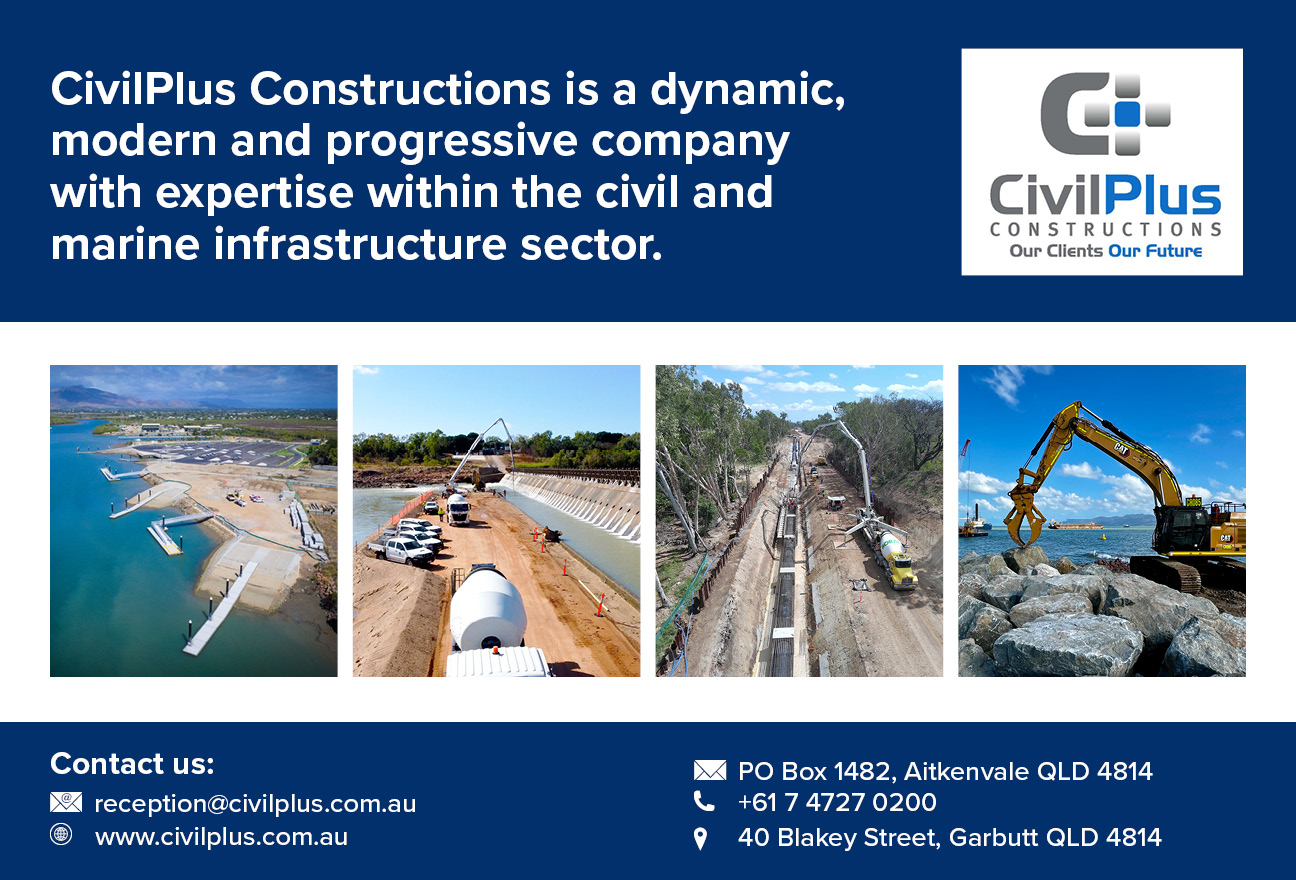
Local firms are often heavily involved in this kind of work. Townsville City Council has made a point of partnering with locals wherever possible to achieve its goals. BM Webb Industrial Property, whose 283-hectare Webb Drive Industrial Estate has done much to make Townsville even more attractive to prospective industrial tenants, has provided its expertise to Council’s business services and fleet management arms.
Elsewhere, Townsville City Council has partnered with Paradise Outdoor Advertising for promotional campaigns, Attuned Talent for local recruitment, James Cook University for education and CivilPlus Constructions for civil and marine construction.
“CivilPlus did one of the pipe crossings of our river here, a 1.8-meter diameter pipe across about 800 meters of river. They hadn’t done it before, but now that they have, they can go anywhere in the world and achieve those sorts of engineering feats,” he says.
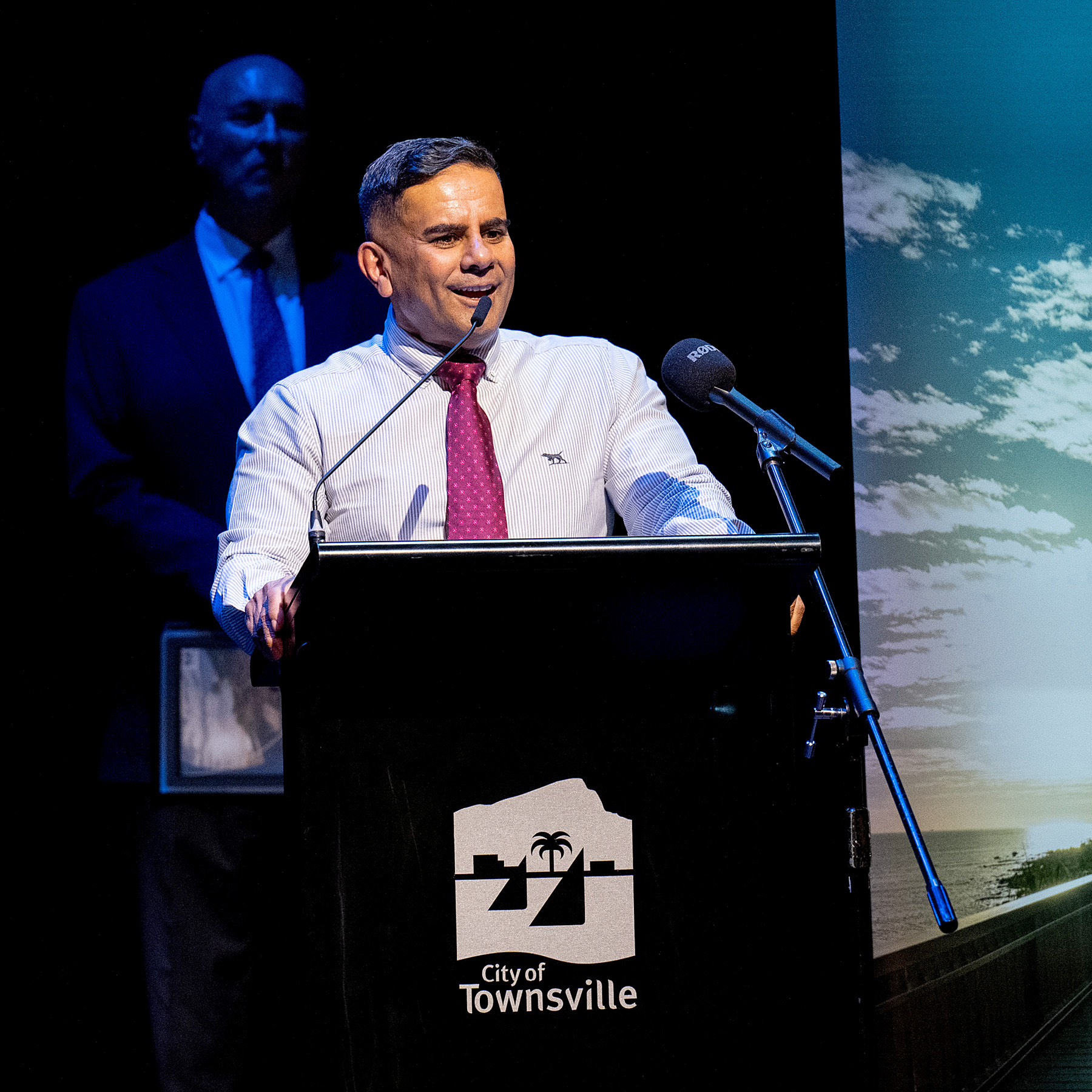
“We have a budget of A$1 billion [US$670 million] per year, and we’d spend about 84 percent of that to support local businesses – and by extension, the local economy – as much as we can,” Ralston says.
“We have near on 2,000 people and 300 contractors who work at Council on any given day across a whole range of occupations. We have nearly 200 engineers and everyone from lab technicians to horticulturalists, from arborists to marine scientists to truck drivers. We have more than a thousand vehicles on the road every day, so there are a lot of different moving parts.”
Despite the complexity, Townsville City Council’s partners rave about its zeal and level of commitment. In particular, Quinbrook Infrastructure Partners, which has teamed up with Townsville City Council on a number of manufacturing and solar projects aimed at meeting the city’s net zero target.
“We thank Townsville City Council for its excellent support and community leadership,” says Quinbrook’s Managing Director and Regional Leader Brian Restall. “The Council shares our vision for clean solar energy generation and establishing new high-tech manufacturing.”
The partnership aspect of the job has strong ties to Ralston’s background in capital markets, legal services and employment. In many respects, his experience in the field has made his job as CEO much easier – particularly given his rolling start in the midst of a global pandemic.
“I took on the role in 2020, and I’d been heavily involved in leading the North Queensland COVID Recovery Task Force prior to that,” he says.

Well across the process of getting unemployed people back to work, Ralston relished the opportunity to tackle the regional pandemic recovery through employment. “The unemployment levels here were significant, so our strategy was to engage with stakeholders from over 100 different organizations, come up with a plan and put it to the state and federal governments.”
The plan was warmly received, and upon implementation immediately began to ease the strain unemployment had put on the region.
And that relief has continued as Townsville City Council and its partners work to realize its portfolio of projects currently underway.
“CopperString 2032, a A$5 billion [US$ 3.3 billion] project building 840 kilometers of transmission line, will basically bring renewable energy to the North West Minerals Province, but also connect all of that to the main grid down the eastern seaboard,” Ralston says.
“That’s both wind power, pumped hydro and other components we’re working on as well, which will be waste-to-energy.”
If this seems like a cut above most local government undertakings, Ralston agrees. “Most councils don’t even provide water,” he says. “The range of issues in front of us and the services we provide are, again, very different to most, if not all other councils in the country.”
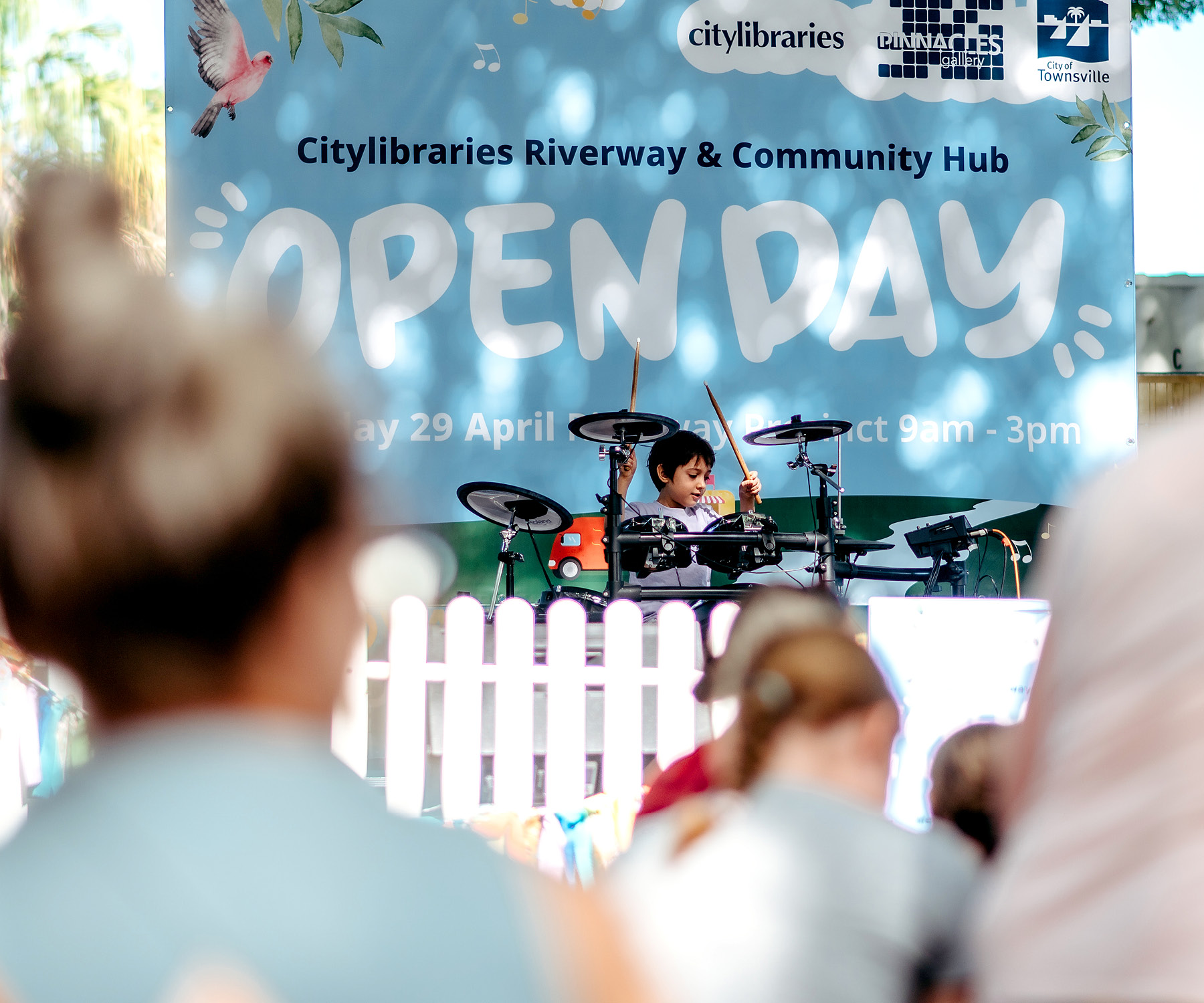
Having the Great Barrier Reef and Far North Queensland’s natural heritage on its doorstep is another challenge of its own.
“I’m proud that we’ve built a livable city in one of the most challenging areas of Australia,” Ralston says. “We live, work and play in a place that has the Great Barrier Reef and all its marine sciences and tourism, but then the escarpment country and the start of the Daintree on the other side, and then the minerals beneath us.”
Ralston is of the firm belief that the North West Minerals Province, which includes Mount Isa, is the future of the region.
“Through our governance, we’re making sure that we process all of those minerals in a way that delivers not only a circular economy, but the future of Australia through our deepwater port. And all of this is driven by people.”
Under Ralston’s leadership, Townsville Local Government has built an enviable lifestyle with a world-class sporting precinct, a strong arts culture and a livability component that has and continues to attract people to help the region grow.
“But my part in that is that I’ve built a powerful team that’s able to handle external engagement of the various stakeholders in terms of community and state and federal governments, but also the commercial side, showing businesses what’s possible in Townsville.”
Meanwhile, the local government has bridged both disciplines to provide infrastructure and a platform for businesses to deliver their services.
“For me, it’s about bringing together all of those different people and their skills to deliver for the community here, but more broadly, the whole of Australia.”

Ralston says Australia’s standing in terms of strategic defense and the global economy owes a large debt to Townsville and other northern regional areas. “Whether it’s from renewables, minerals or agriculture, the wealth is created here,” he says.
“That’s why we work with so many multinationals. They’re big in this region because we occupy a unique space in Australia and what we do here is equally unique.”
That standout quality is something that’s stuck with Ralston since childhood, a time when he came to realize that both he and his home were destined for big things.
“I’m from Nhulunbuy, my partner grew up in Darwin, and we have three fabulous children. My eldest son is finishing his medical studies in the United Kingdom, my second son is a professional rugby player in Ireland and my daughter is studying engineering and astrophysics at UQ. My family very much grounds me. When I look in the mirror every morning, I’m always reminded that people are the difference,” he says.
“If you go to school in a remote area of Australia, you can succeed. You can get to the top of whatever sector you’d like to be a part of and you can make a difference to the people and your community. My family is living proof.”
